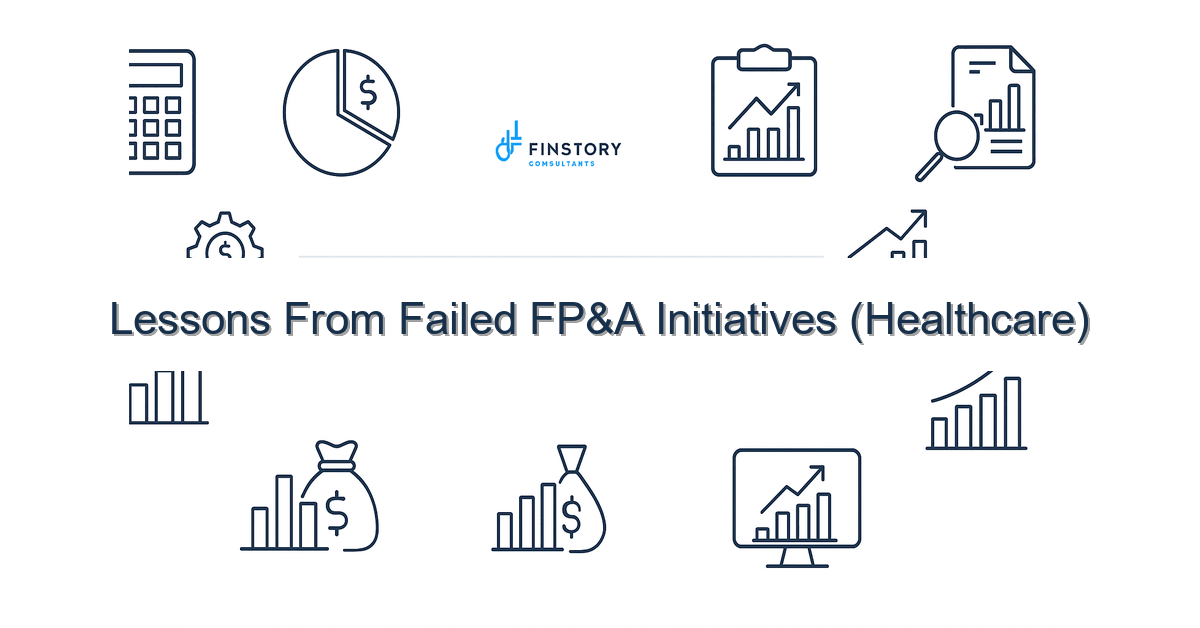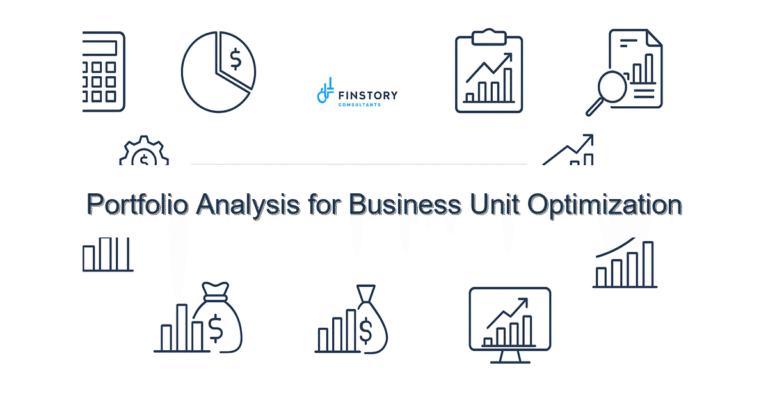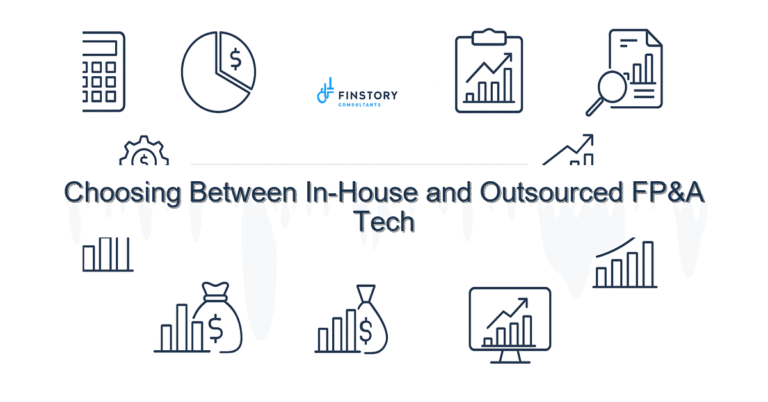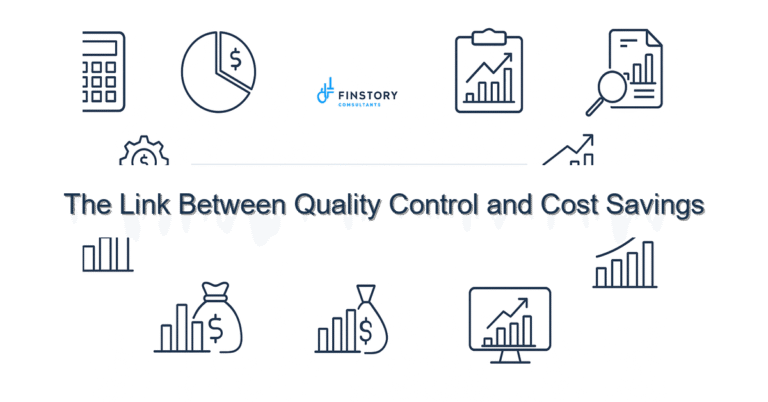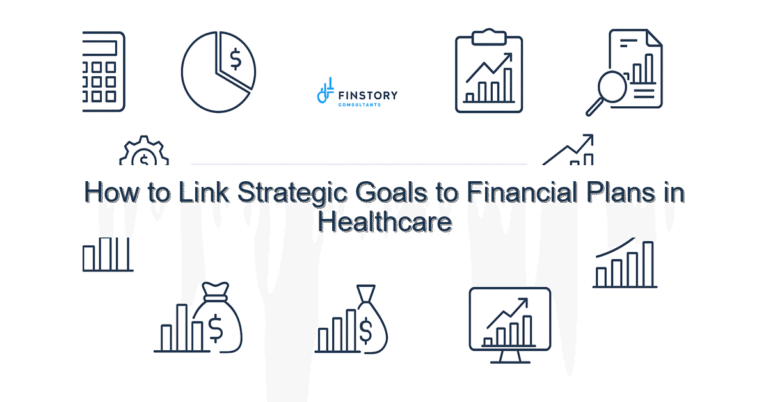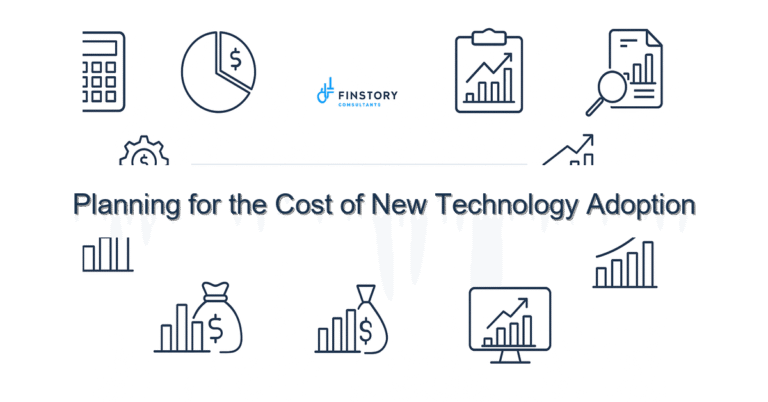Lessons From Failed FP&A Initiatives (Healthcare)
You’re juggling budgets, rising costs, and an endless stream of monthly closes—while promised FP&A upgrades sit unfinished. It feels personal: these initiatives were supposed to simplify work, not add meetings and custom Excel nightmares. If this is your world, you’re not alone—here’s how leaders are fixing it.
Summary: The key win: stop repeating failed FP&A initiatives by shifting from technology-first projects to a people-process-data approach. Decide where to get quick wins (forecast accuracy, close time, report reliability), run a tight pilot, and scale with clear KPIs. You’ll reduce cycle time and restore trust in your numbers.
What’s the real problem?
At root, failed FP&A initiatives in healthcare usually aren’t about the tools. They’re about unclear goals, fractured data, and skipped change management. Hospitals and health systems buy dashboards and automation expecting miracles, then wonder why teams keep reverting to spreadsheets.
- Symptom: Monthly close still takes 10+ days and leadership distrusts the forecast.
- Symptom: Multiple versions of the truth—finance, operations, and clinical all present different headcounts and cost bases.
- Symptom: New reports sit unused because they don’t match operational workflows or answer the CFO’s questions.
- Symptom: Projects drag on for months with ballooning scope and missed milestones.
What leaders get wrong about failed FP&A initiatives
Healthcare leaders often make a few consistent mistakes: they treat FP&A projects as IT projects, they measure success by feature lists, or they assume that better software automatically changes day-to-day behavior.
They also underestimate the cost of poor adoption. Every month your team spends reconciling numbers is lost strategic time. Cost of waiting: delayed decisions can mean missed budget savings or hidden revenue leakage—often tens or hundreds of thousands per quarter.
A better approach to fix failed FP&A initiatives in healthcare
Shift to an outcomes-first, iterative approach focused on people and processes as much as tools. Here’s a practical 4-step framework that leaders are using to recover from FP&A initiative failure:
- 1) Define 2–3 measurable outcomes (example: cut close time from 10 to 5 days; increase forecast accuracy by 8%).
- 2) Map current workflows and data sources; identify one “single source” to pilot (payor data, payroll, or supplies spend).
- 3) Run a 30- to 60-day pilot with real users, weekly checks, and a limited scope report that leadership agrees on.
- 4) Iterate based on user feedback, lock down ownership, and automate reconciliations that were taking the most time.
Real-world proof: a mid-sized hospital group we worked with focused first on payroll and agency spend. A targeted 45-day pilot removed manual reconciliations and cut the monthly close by 38% for that scope. Leadership regained confidence in the forecast within two months.
Want a 15-minute walkthrough of this approach? We’ll show how to scope a pilot that fits your calendar.
Quick implementation checklist
- Identify the single highest-friction process (e.g., agency nurse cost reporting).
- Set 2 measurable success metrics and a 60-day timeline.
- Inventory data sources and owners (HR, payroll, ERP, EHR).
- Build one “trusted” report and test with the CFO and one operational leader.
- Remove manual reconciliations by automating one feed (CSV/API).
- Assign a process owner and a daily/weekly cadence for the pilot team.
- Limit customizations: use configurable models over bespoke Excel builds.
- Document decisions and train the 2–3 people who will actually use the dashboard.
- Measure and publish the pilot outcome to build momentum for scale.
What success looks like
Clear, measurable outcomes that demonstrate value and create trust:
- Forecast accuracy improves by 5–10 percentage points within 3 months.
- Monthly close cycle reduced by 30–50% for the automated scope.
- Reconciliation hours cut by 40% for the pilot team.
- Time-to-decision for staffing and supply chain reduced from days to hours.
- Positive stakeholder adoption rate: >75% of targeted users rely on the new report.
Risks & how to manage them
Risk 1: Scope creep. Mitigation: lock a Minimum Viable Product (MVP) and price the pilot as fixed-scope.
Risk 2: Data mismatch. Mitigation: reconcile one master key (patient ID, cost center) and validate with a reconciliation table weekly.
Risk 3: Poor adoption. Mitigation: include end-users from day one, run short training sessions, and assign a clear owner responsible for adoption metrics.
Tools & data
Successful recoveries combine finance automation, clear data pipelines, and practical dashboards (Power BI or equivalent) that mirror leadership questions. The goal is not flashy visuals—it’s reliable answers.
Mini-case: a regional health system automated payroll feeds into Power BI, enabling daily variance reporting. Result: monthly close scope cut and a 25% reduction in queries from operations. “We finally trust the numbers,” said the CFO.
FAQs
Q: How long does it take to recover from a failed FP&A initiative?
A: With a tight pilot and executive sponsorship, you can show measurable improvements in 30–60 days and broader benefits within 3 months.
Q: Do we need a full tech overhaul to fix things?
A: No. Often the fastest wins come from better data pipelines, a single reliable report, and process changes. Tech helps, but it’s rarely the first fix.
Q: Who should lead the recovery?
A: A cross-functional sponsor works best: a finance owner (FP&A lead or controller) and an operations partner who will use the outputs daily.
Q: Can we recover without outside help?
A: Some teams can, but many benefit from an objective partner who has run pilots across hospitals and knows the common data traps.
Next steps
If you’re ready to stop repeating failed FP&A initiatives, let’s talk specifics. Book a quick consult with Finstory and we’ll map your current workflow, propose a focused 30–60 day pilot, and show where you can start seeing value in 30 days. Want to download a simple pilot checklist or request a demo of our FP&A transformation? We can send both before our call.
Soft CTAs: download our pilot checklist, request a demo of our Power BI templates, or book a 15-minute walkthrough to see how this fits your team.
Work with Finstory. If you want this done right—tailored to your operations—we’ll map the process, stand up the dashboards, and train your team. Let’s talk about your goals.
Internal resources: see our Closing the Books Faster guide and the Metro Hospital case study for a step-by-step example.
Contact Finstory: Book a quick consult to talk through your workflow, or request a demo of our FP&A transformation tools. Start seeing value in 30 days.
📞 Ready to take the next step?
Book a 20-min call with our experts and see how we can help your team move faster.
Prefer email or phone? Write to info@finstory.net
or call +91 44-45811170.
